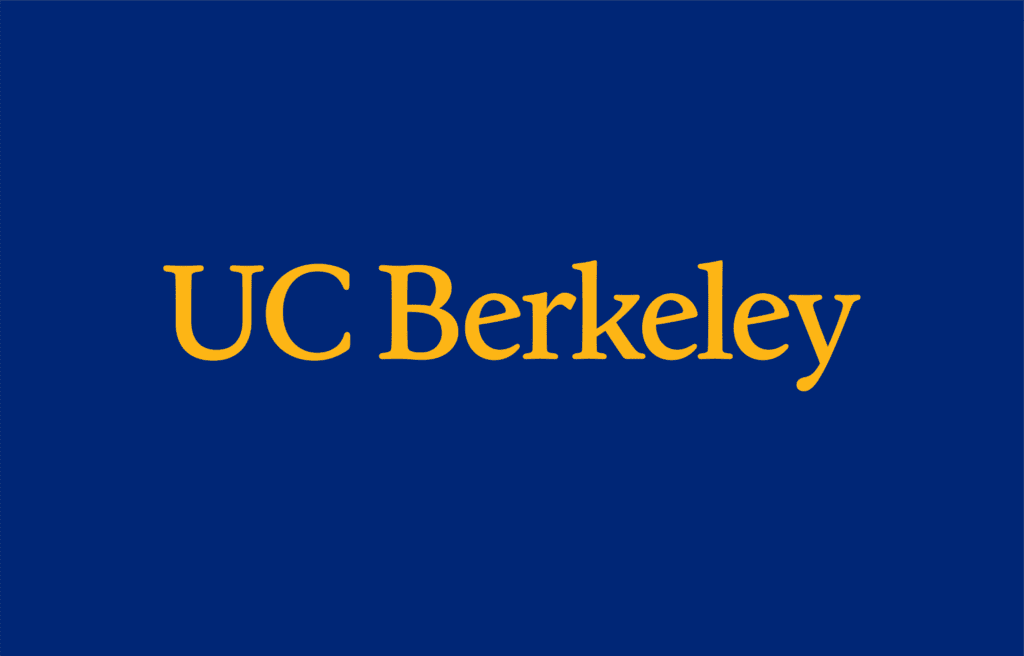Advanced Science Experiments in the Classroom for 12-14 Grade students.
Web link opens in a new tab; file link initiates download.
This active stem learning experiment aims to provide a set of advanced laboratory skills to meet the 21st century technology standard to the students. This experiment asks the students to synthesize and quantify a compound that has real application in the medicinal world. Students will be using nicotinic acid or vitamin B3 (https://pubchem.ncbi.nlm.nih.gov/compound/nicotinic_acid#section=Top) to synthesize a cobalt complex in the laboratory. This inquiry-based laboratory project for grade 12 -14 students will cover a 2.5 hour laboratory period for two days. Students will write a pre-lab illustrating the steps that will be needed to undertake the synthesis. Based on the the guide line to lab reports (https://www.ncsu.edu/labwrite/pl/pl-selfguide.htm) students will write a pre-lab or outline that will include (a) Purpose of the experiment (b) Reaction Scheme © Instruments and apparatus needed (d) Procedure. On the 1st day students will conduct the experiment and on the 2nd day students will quantify the product, and collect melting point and Infrared spectroscopic data. This investigative experiment demands the students to plan, execute, think, analyze and to learn. This active learning, advanced experimental design is a part of the ETP plan of ignited summer fellowship project. In summary, the proposed lesson includes hypothesis, observation and the integration of scientific and technological practices into the classroom.

